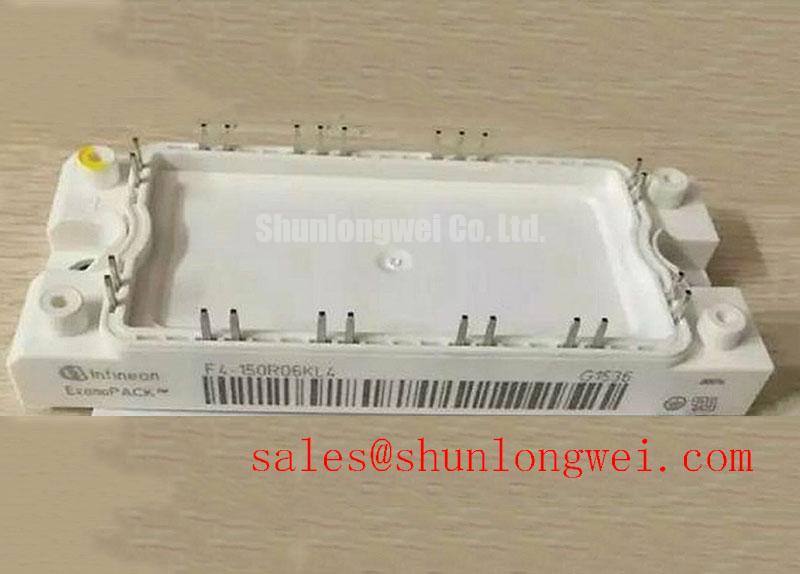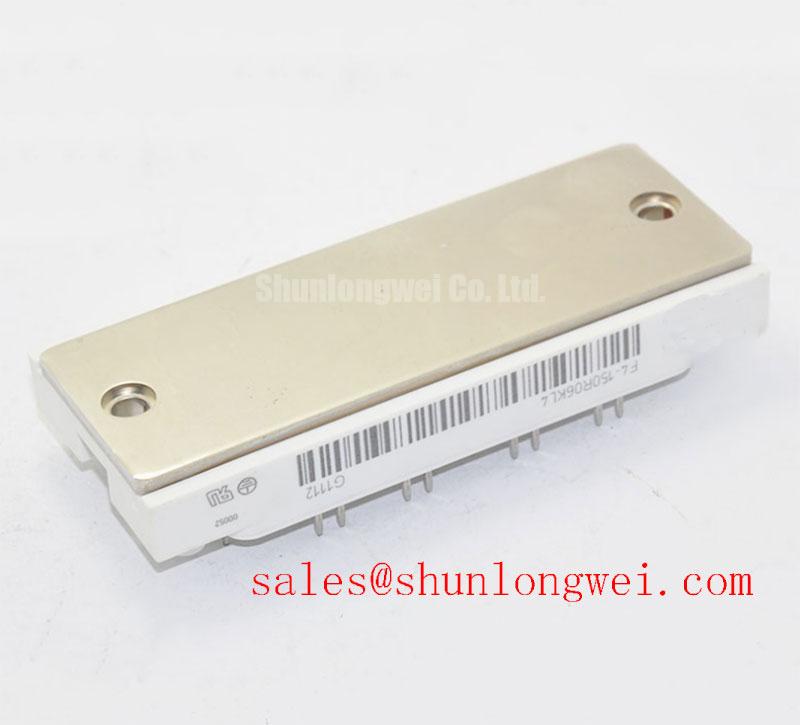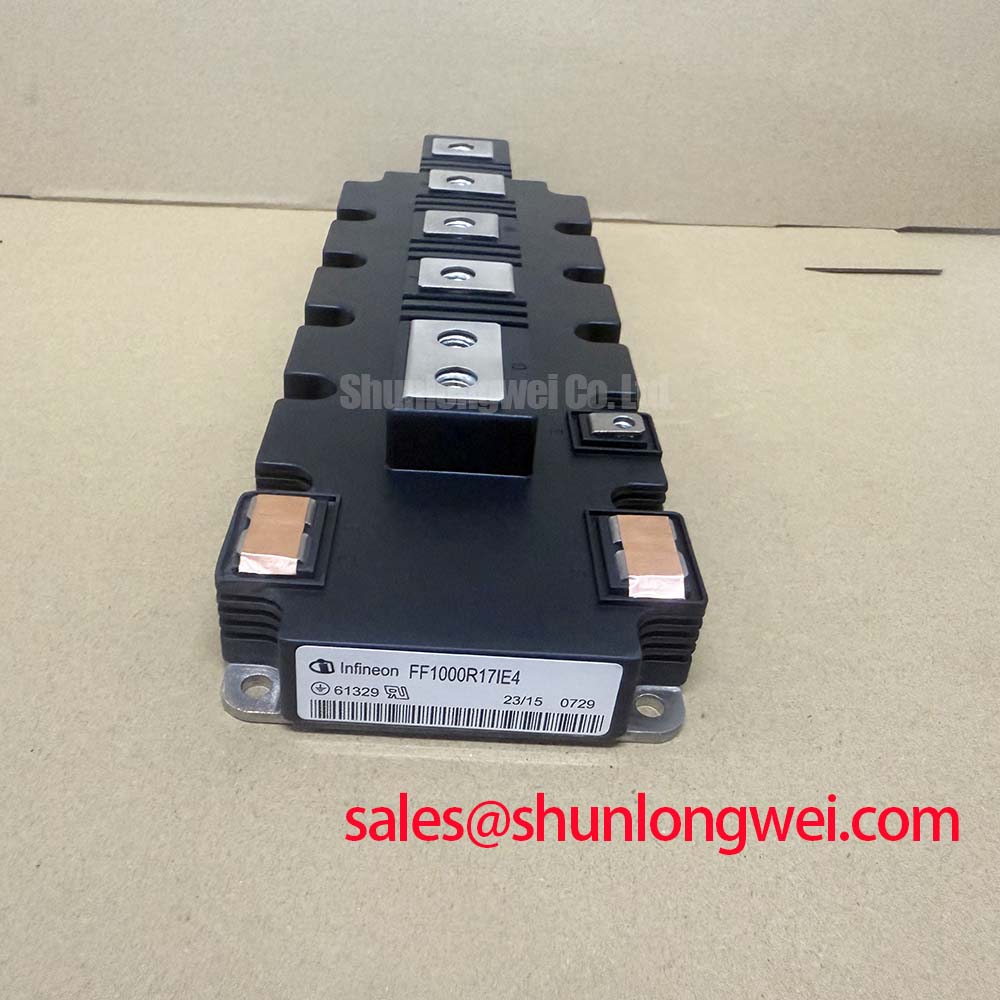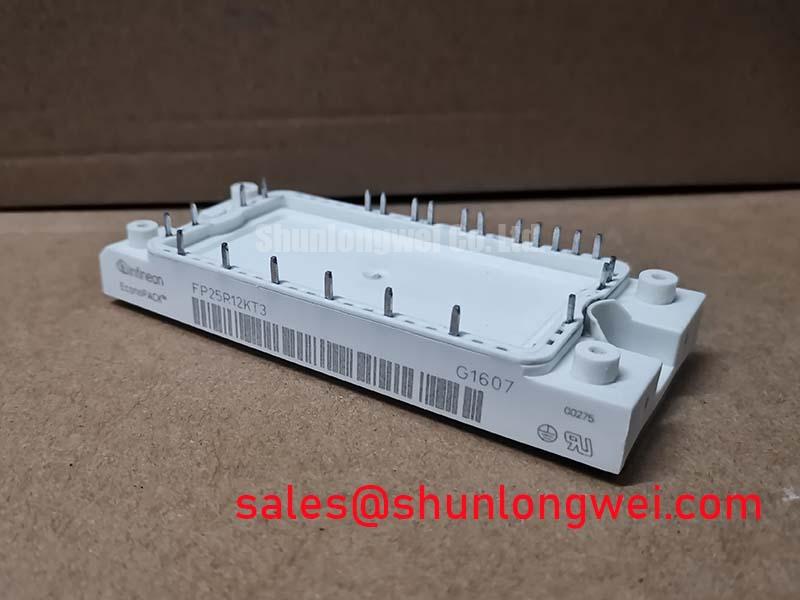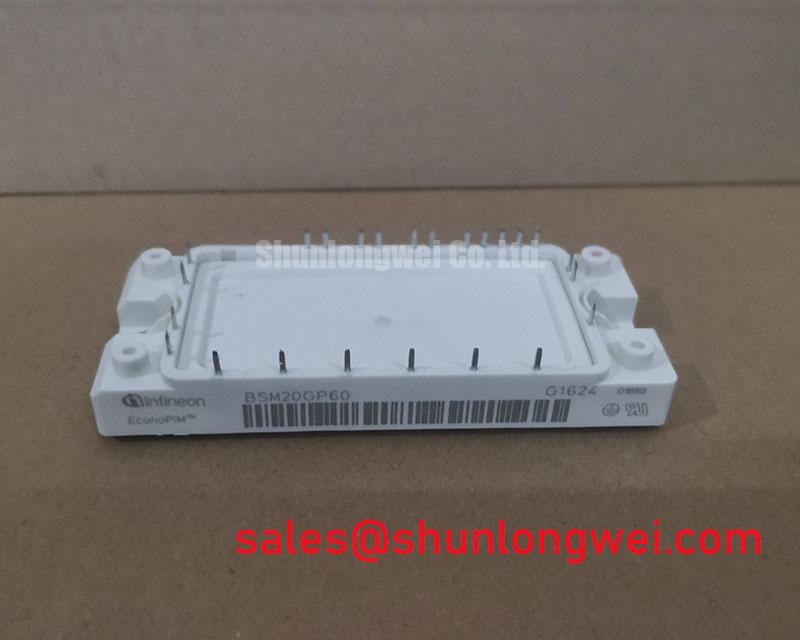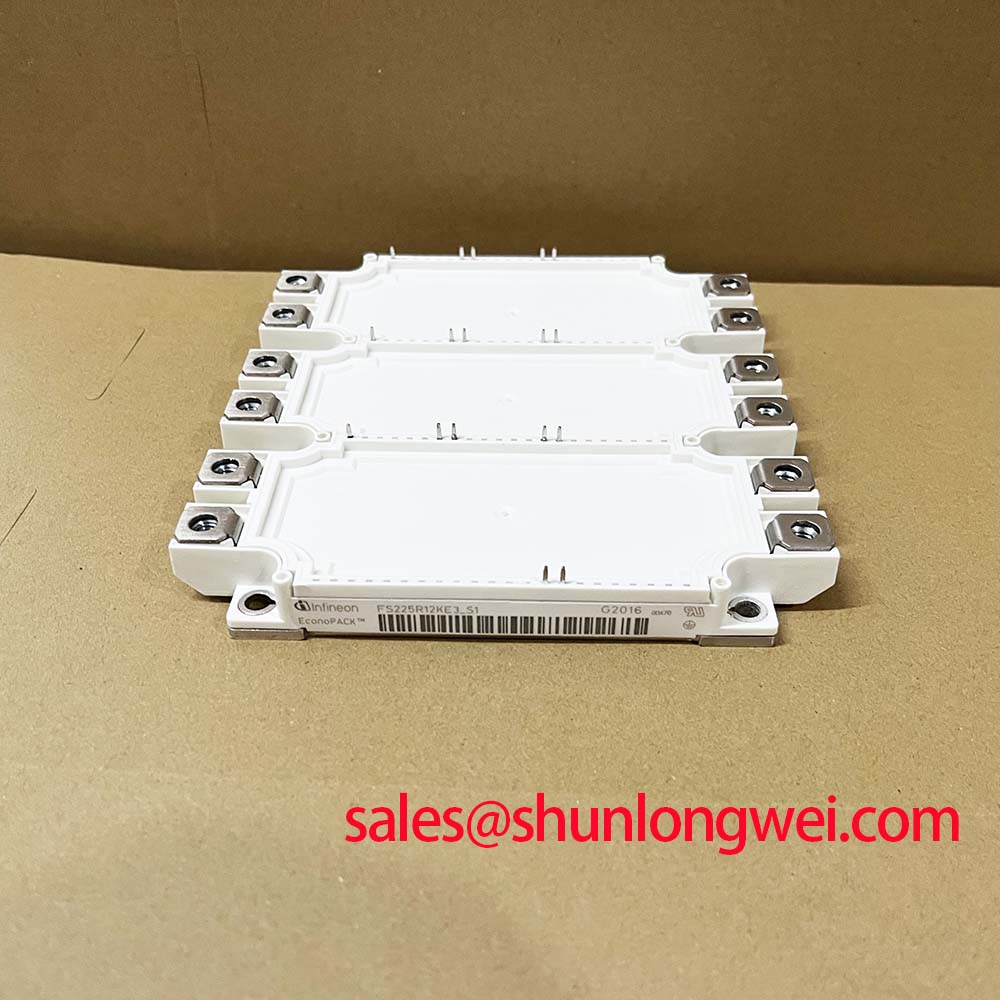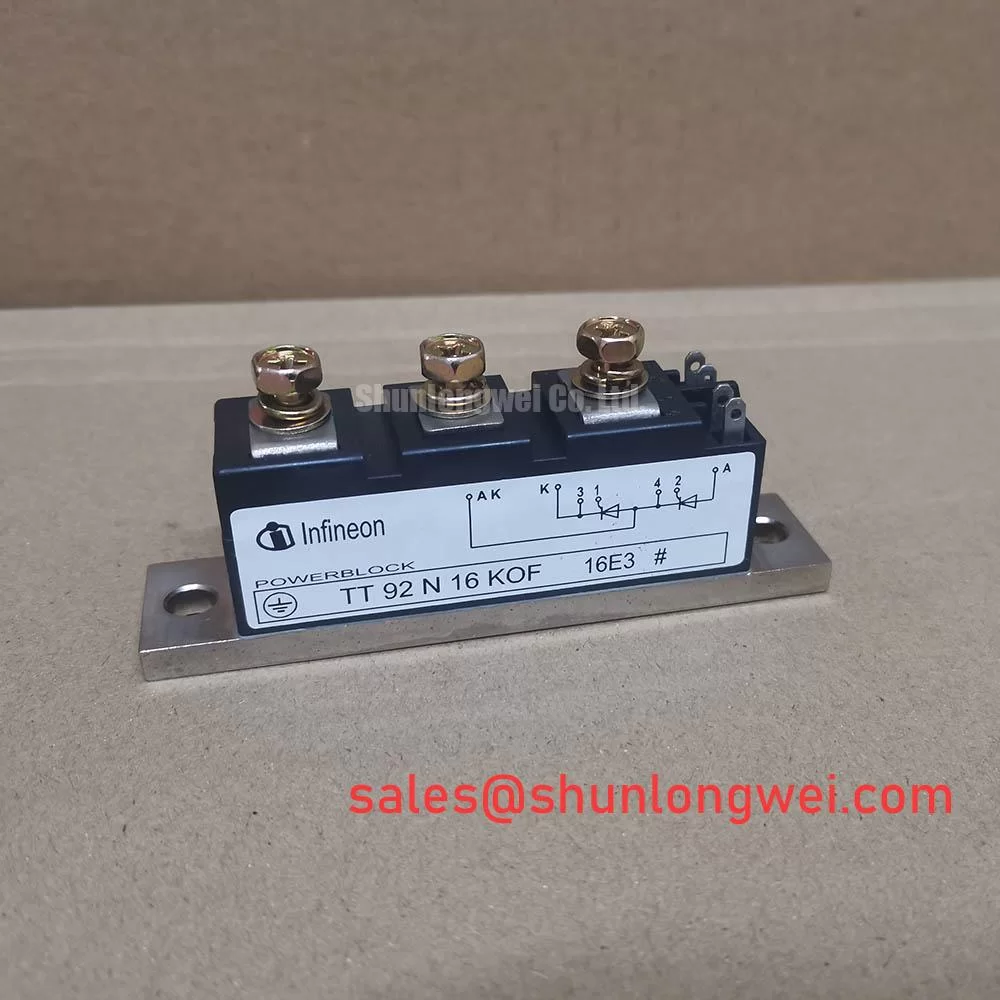Content last revised on November 18, 2025
F4-150R06KL4 by Infineon: A Technical Review of the 600V Four-Pack IGBT Module for High-Frequency Applications
An Engineer's Introduction to the F4-150R06KL4
The Infineon F4-150R06KL4 is a 600V, 150A Four-Pack IGBT module engineered for high-frequency power conversion systems where switching efficiency is a primary design constraint. With its core specifications of 600V | 150A | VCE(sat) (typ) 1.50V, this module delivers low conduction losses and robust thermal performance. It is designed to simplify inverter layouts while maximizing power density. For systems demanding minimal switching losses in the 20 kHz range, the F4-150R06KL4's low turn-off energy characteristic makes it a compelling choice.
Application Scenarios & Value
Achieving System-Level Benefits in High-Frequency Power Conversion
The F4-150R06KL4 is optimized for applications where minimizing energy loss during switching is critical. A primary engineering challenge in systems like high-frequency Welding Power Supply units and industrial Servo Drive systems is managing the heat generated by switching losses (Eoff and Eon). The low typical turn-off switching loss (Eoff) of 13.50 mJ, as specified in its datasheet, directly translates to lower operating temperatures and reduced stress on the cooling system. This allows engineers to design more compact heatsinks or increase the system's power density without compromising long-term reliability. The module's performance is particularly advantageous in topologies like full-bridge or phase-shift converters operating at elevated frequencies, where these losses can become the dominant factor in overall system inefficiency. What is the primary benefit of its low switching energy? Reduced thermal management requirements and higher power density.
While the F4-150R06KL4 is well-suited for 150A requirements, for applications requiring lower current handling within the same voltage class, the related F4-100R06KL4 may be considered.
Key Parameter Overview
Decoding the Specs for Optimal Switching Performance
The technical specifications of the F4-150R06KL4 are tailored for efficient power switching. The parameters below, sourced from the official datasheet, highlight its capabilities in demanding operational environments.
| Parameter | Symbol | Condition | Value | Unit |
|---|---|---|---|---|
| Maximum Rated Values | ||||
| Collector-Emitter Voltage | VCE | Tvj = 25°C | 600 | V |
| Continuous DC Collector Current | IC | TC = 80°C | 150 | A |
| Repetitive Peak Collector Current | ICRM | tP = 1 ms | 300 | A |
| Total Power Dissipation | Ptot | TC = 25°C | 680 | W |
| Characteristic Values | ||||
| Collector-Emitter Saturation Voltage | VCE(sat) | IC = 150 A, VGE = 15 V, Tvj = 25°C | 1.50 (typ.) | V |
| Gate-Emitter Threshold Voltage | VGE(th) | IC = 6.0 mA, VCE = VGE, Tvj = 25°C | 5.0 - 6.5 | V |
| Turn-On Switching Loss | Eon | IC = 150 A, VCE = 300 V, RGon = 5.1 Ω, Tvj = 125°C | 18.50 (typ.) | mJ |
| Turn-Off Switching Loss | Eoff | 13.50 (typ.) | mJ | |
| Thermal Resistance, Junction to Case | RthJC | per IGBT | 0.185 | K/W |
Download the F4-150R06KL4 datasheet for detailed specifications and performance curves.
Technical Deep Dive
A Closer Look at the Trade-Off Between VCE(sat) and Switching Energy
The F4-150R06KL4 exemplifies a critical design trade-off in IGBT Module engineering: the relationship between conduction loss and switching loss. The typical VCE(sat) of 1.50V at its nominal current is a key indicator of conduction loss—the heat generated while the switch is fully on. Think of it like water flowing through a pipe; a lower VCE(sat) is like a wider pipe, offering less resistance and wasting less energy. However, achieving an extremely low VCE(sat) often comes at the cost of higher switching losses. This module strikes a deliberate balance. Its switching energy values (Eon and Eoff) are optimized for systems where the device is frequently turning on and off, such as in high-frequency converters. In these scenarios, the cumulative energy lost during the switching transitions can far outweigh the conduction losses. The specified typical Eoff of 13.50 mJ at 125°C indicates that Infineon has engineered the chip technology to enable rapid turn-off, minimizing the time the device spends in the high-dissipation linear region, which is crucial for overall system efficiency and thermal stability.
Frequently Asked Questions (FAQ)
How does the Four-Pack (B-series) configuration of the F4-150R06KL4 benefit inverter design?
The Four-Pack, or full-bridge, configuration integrates four IGBTs in a single module. This topology is ideal for creating single-phase inverters or the legs of a DC-DC converter. Its primary benefit is simplification of the power stage layout, reducing stray inductance by shortening connections between switches compared to using four discrete components. This leads to cleaner switching waveforms and potentially lower voltage overshoots.
What is the significance of the 1.50V typical VCE(sat) for thermal management?
The Collector-Emitter Saturation Voltage, VCE(sat), is the voltage drop across the IGBT when it is fully on. At 150A, a typical VCE(sat) of 1.50V means the device will dissipate approximately 225W of power as heat (P = V * I). This value is a critical input for thermal design calculations. A lower VCE(sat) directly reduces this conduction loss, easing heatsink requirements and allowing for either a more compact design or a higher operational current at a given case temperature.
Engineering Perspective
From an engineering standpoint, the F4-150R06KL4 is a highly practical component for designers of industrial power systems operating in the sub-200A range. Its main advantage lies in the balanced performance profile, offering respectable conduction losses without sacrificing the fast-switching capability needed for modern, high-frequency topologies. The integration within an Easy1B package simplifies mechanical assembly and thermal interfacing. For engineers developing systems like uninterruptible power supplies or solar inverters, this module provides a reliable, well-characterized building block that can help accelerate the design cycle and achieve demanding efficiency targets. To ensure optimal performance and explore the full capabilities of this module, review the application notes provided by the manufacturer.

